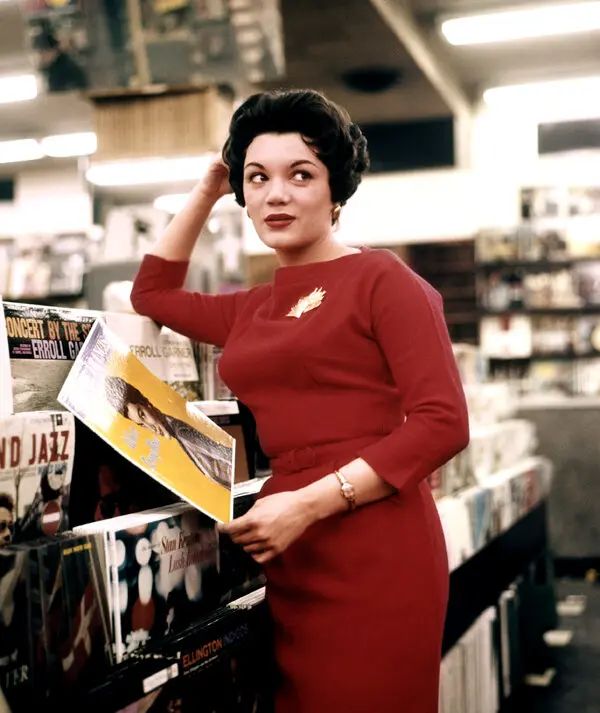Song Information
“Who’s Sorry Now” is a traditional pop song first published in 1923, written by Bert Kalmar and Harry Ruby, with music composed by Ted Snyder. Although the song had been recorded multiple times in earlier decades, it gained worldwide recognition in 1958 when Connie Francis released her version under MGM Records. The recording became a massive hit, reaching No. 4 on the Billboard Hot 100 in the United States and spending six weeks at No. 1 in the UK Singles Chart. This single was pivotal in launching Connie Francis’s career, establishing her as one of the leading female voices of the late 1950s and early 1960s.
Song Content
The lyrics of Who’s Sorry Now revolve around themes of heartbreak, regret, and emotional reckoning. In the song, the narrator addresses a former lover who once treated the relationship carelessly. At first, the partner seemed indifferent, but as time passed, the tables turned. Now, the one who once dismissed love is filled with sorrow, while the narrator has moved forward with dignity. The chorus repeats the poignant question, “Who’s sorry now?”, underlining the shift of emotions from one side to the other.

The song’s strength lies in its simple but powerful storytelling: it captures a universal truth about relationships — that the pain of losing someone often becomes clearer only when it’s too late. Francis’s delivery, filled with sincerity and youthful vulnerability, gives the track a timeless appeal. Her voice balances both sadness and quiet triumph, making listeners feel the weight of regret while also celebrating resilience. For audiences in 1958, the song resonated strongly because it mirrored the emotional ups and downs of love during a time when pop ballads often dealt with raw human feelings. Even today, it remains a classic that reminds us of love’s lessons.
Explanation of the Theme
The central theme of Who’s Sorry Now is regret after lost love, but beneath this simple message lies a deeper emotional truth. The song highlights the ironic reversal that often happens in relationships: one person may undervalue their partner, only to later realize their mistake after the breakup. By asking “Who’s sorry now?”, the narrator points to the undeniable truth that actions have consequences — and that indifference can turn into regret once the relationship is gone.
This theme resonates widely because most people, at some point, have been on one side of this equation. Either they have been the one hurt and abandoned, or they have been the one who didn’t recognize love until it slipped away. The universal nature of this cycle is what makes the song enduring across generations.
Moreover, the song reflects a subtle empowerment. Instead of dwelling on sadness, the narrator turns the heartbreak into strength. It’s a reminder that sometimes, walking away allows the other person to finally see your true worth. That emotional victory, expressed in Francis’s heartfelt performance, gives the song its timeless character and explains why it became such a pivotal moment in her career and in popular music history.